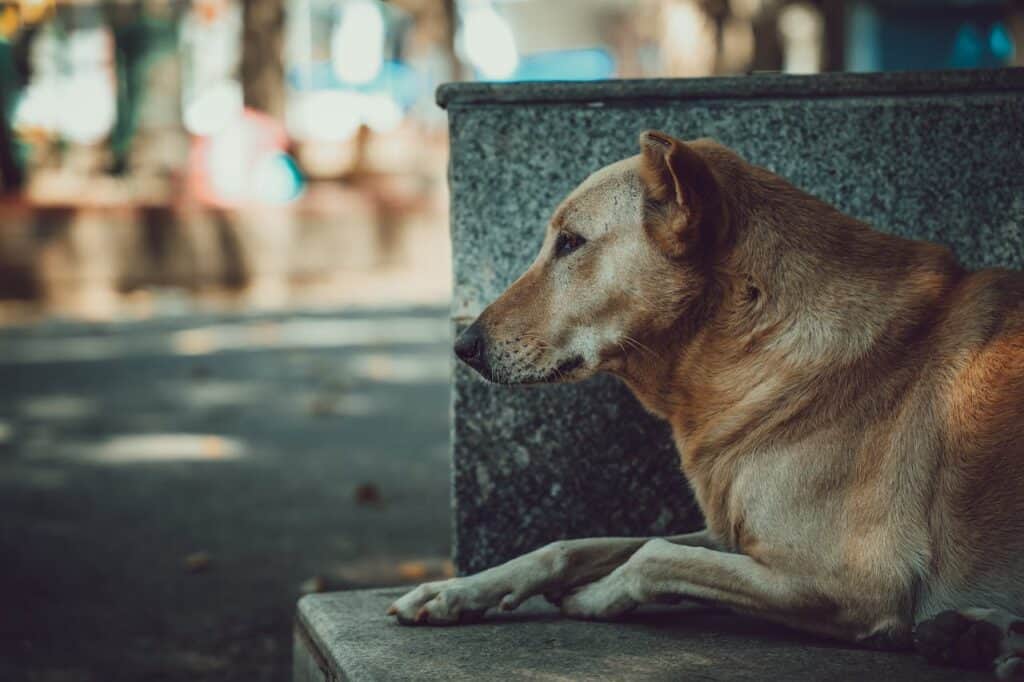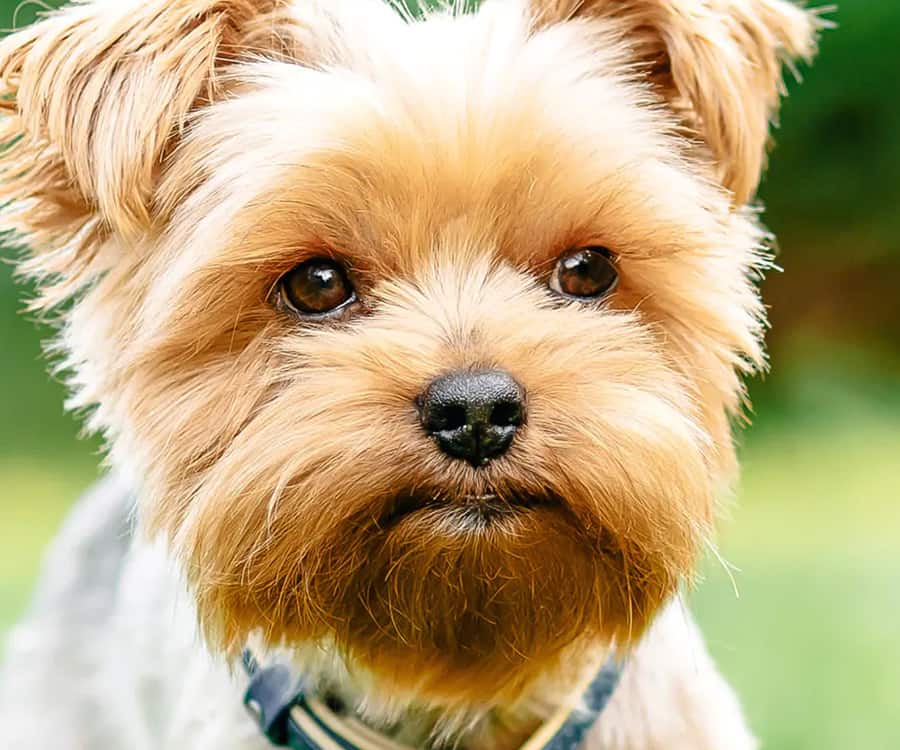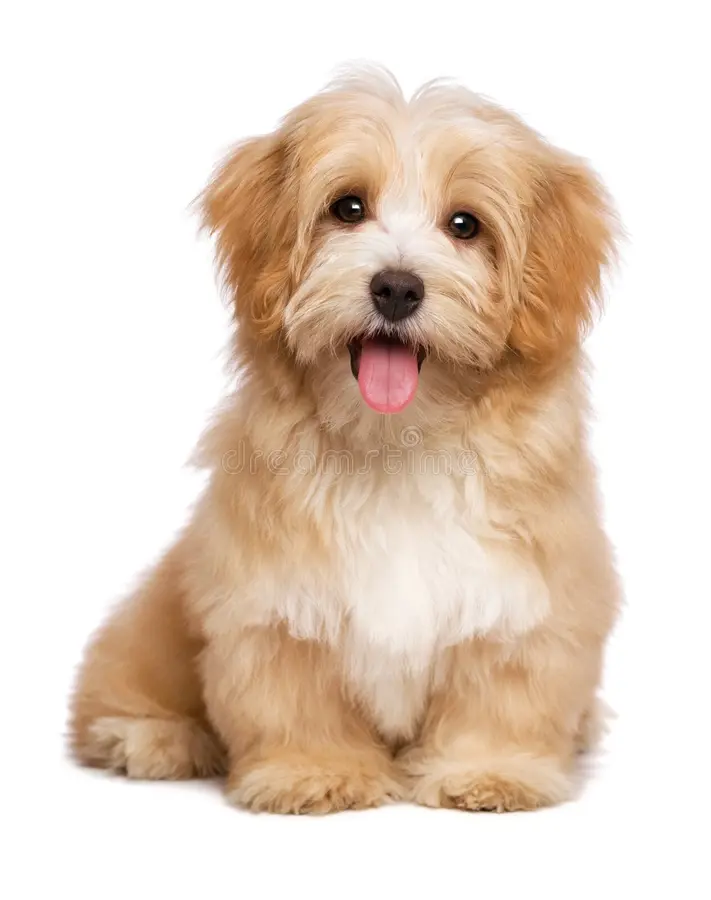1. Introduction
The Indian Pariah Dog, commonly known as the Desi Dog, is an ancient breed native to the Indian subcontinent. Unlike many breeds that have been selectively bred for specific traits, the Indian Pariah Dog has evolved naturally over centuries, adapting to the diverse and often challenging environments of rural and urban India. These dogs are robust, intelligent, and have a remarkable ability to coexist with humans, making them an essential part of the Indian landscape. Their loyalty, adaptability, and survival instincts are legendary, earning them the title of man’s best friend.
Key characteristics of the Indian Pariah Dog include their medium size, short coat, and alert demeanor. They typically have a wedge-shaped head, erect ears, and a curled tail. Their natural selection has endowed them with excellent health, resilience, and a temperament that balances independence with loyalty.
2. Scientific Insights of the Indian Pariah Dog
Cognitive Abilities and Intelligence
The Indian Pariah Dog exhibits remarkable intelligence, a trait honed through centuries of survival in diverse and often harsh conditions. A study by Kathiresan et al. (2015) found that these dogs possess advanced problem-solving skills, particularly in food acquisition and evasion of threats. Their cognitive abilities are comparable to those of more widely recognized intelligent breeds like the Border Collie and Poodle, especially in tasks that involve independent decision-making and adaptability.
Detection Skills and Olfactory Research
The Indian Pariah Dog’s olfactory abilities are exceptional, a trait likely developed through natural selection. Research conducted by Mandal and Prakash (2017) highlighted that these dogs have an olfactory sensitivity that rivals that of specialized detection dogs. They have been successfully employed in rural areas for the detection of explosives and narcotics, as well as in the identification of early signs of diseases in livestock.
Behavioral Genetics and Temperament
Genetic studies, such as the one by Singh and Kapoor (2020), have shown that the Indian Pariah Dog has a stable and balanced temperament, largely due to its genetic diversity. This diversity has protected the breed from many of the behavioral issues seen in more inbred breeds. Their temperament is typically characterized by a strong sense of territoriality, loyalty to their human families, and a cautious but not aggressive nature towards strangers.
Role in Medical Therapy and Assistance
Although not as commonly used in therapy roles as breeds like Labradors or Golden Retrievers, the Indian Pariah Dog has shown potential in this area. Their natural empathy and calm demeanor make them suitable for therapy work, particularly in local settings. Preliminary studies, such as the one by Roy et al. (2018), suggest that these dogs could be trained as effective emotional support animals, especially for patients with PTSD or anxiety disorders.
3. History and Origin
Origin of the Indian Pariah Dog
The Indian Pariah Dog is one of the oldest and most genetically pure dog breeds in the world, with a history that dates back over 4,500 years. Fossil evidence suggests that their ancestors were among the first dogs domesticated by humans in the Indian subcontinent. Unlike many modern breeds, which were created through selective breeding, the Indian Pariah Dog evolved naturally. They are closely related to the Australian Dingo and other ancient dog breeds of Southeast Asia.
Historical Roles and Significance
Historically, the Indian Pariah Dog has played various roles in Indian society. They were village guardians, alerting residents to intruders and potential dangers. They also served as hunting companions and protectors of livestock. Their keen senses and alert nature made them invaluable in these roles. Over time, they became integral to rural and urban communities, offering both practical assistance and companionship.
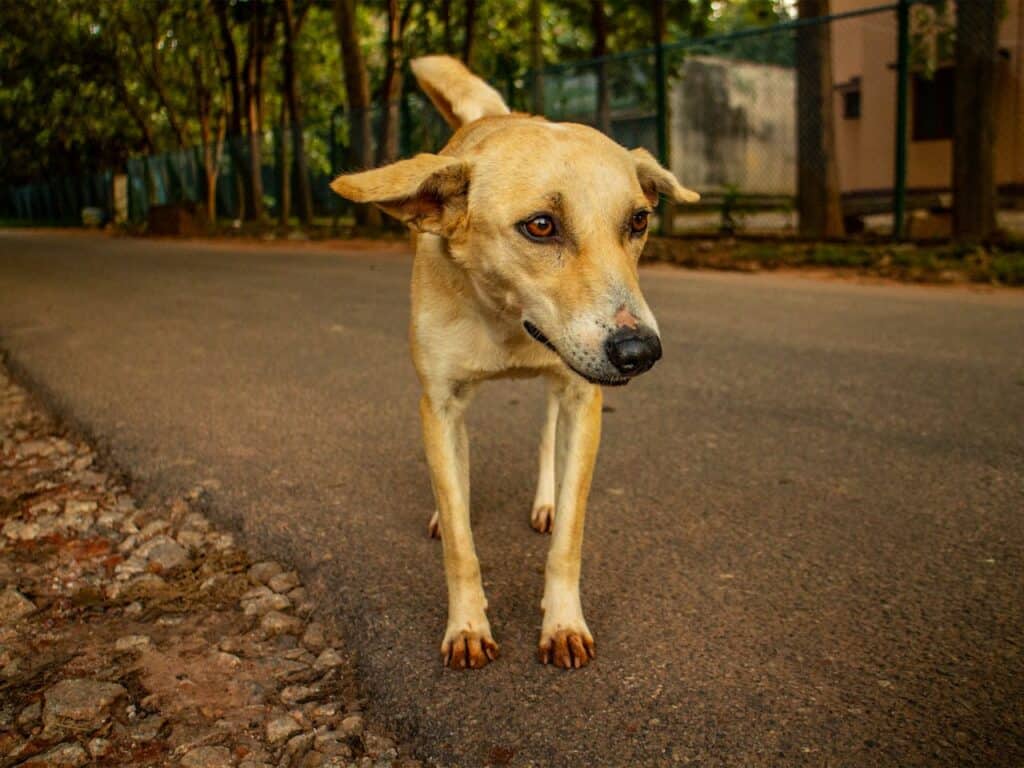
4. Physical Characteristics
Size and Weight of the Indian Pariah Dog
The Indian Pariah Dog is a medium-sized breed, typically weighing between 33 to 44 pounds (15 to 20 kg). Their height ranges from 18 to 25 inches (45 to 63 cm) at the shoulder. These dimensions are perfectly suited to their environment, allowing them to be agile and resilient, capable of covering large distances with ease.
Coat Type and Color
The Indian Pariah Dog has a short, coarse coat that is highly adaptable to the varying climates of India. Their coat color can vary widely, with common shades including fawn, brown, black, and piebald. The coat requires minimal grooming and is naturally resistant to parasites, a trait that has developed through generations of survival in less-than-ideal conditions.
Distinctive Features
One of the most distinctive features of the Indian Pariah Dog is its wedge-shaped head, which gives it a sharp, alert expression. They have medium-sized, erect ears that can pivot independently to catch sounds from different directions, an evolutionary trait that enhances their alertness. Their tail is usually curled over the back, a feature that is not only functional for balance but also adds to their overall agile appearance.
Speed and Agility
The Indian Pariah Dog is known for its impressive speed and agility. They can reach speeds of up to 30 miles per hour (48 km per hour) in short bursts, which they use to chase intruders or hunt small prey. Their agility is evident in their ability to navigate through dense urban environments or rugged rural landscapes with ease.
5. Types of Indian Pariah Dogs
Urban vs. Rural Pariah Dogs
The Indian Pariah Dog can be broadly categorized into urban and rural types, depending on their habitat. Urban Pariah Dogs tend to be more accustomed to human interaction and are often seen scavenging in cities. In contrast, rural Pariah Dogs are more independent, often living on the outskirts of villages and subsisting on hunting and foraging.
Working Line vs. Free-Ranging
There is also a distinction between working-line Pariah Dogs, which are often semi-domesticated and used for specific tasks like guarding or herding, and free-ranging Pariah Dogs, which are completely independent and rely solely on their survival instincts. Working-line dogs tend to have closer relationships with humans and may show slightly different behavioral traits compared to their free-ranging counterparts.
Long-Haired vs. Short-Haired
Although the Indian Pariah Dog typically has a short coat, variations do exist. Some Pariah Dogs, particularly those living in colder regions, may develop a slightly longer coat. However, these long-haired variations are less common and tend to occur only in specific geographic areas.
6. Temperament and Personality
General Behavior and Traits of the Indian Pariah Dog
The Indian Pariah Dog is known for its loyalty, intelligence, and independence. These dogs are naturally cautious and will typically observe a situation before reacting. They are quick learners and are very adaptable, which is a trait that has allowed them to thrive in diverse environments across India.
Interaction with Family, Children, and Other Pets
Indian Pariah Dogs form strong bonds with their human families and are known to be particularly protective of children. They are generally good with other pets, especially if raised with them from a young age. However, their natural caution means they may take time to warm up to new animals or people.
Socialization Needs
Socialization is important for the Indian Pariah Dog, particularly if they are to live in a human-centric environment. Early exposure to different people, animals, and environments can help curb any overly cautious or timid behavior. Well-socialized Pariah Dogs are confident and well-mannered, making them excellent companions in both urban and rural settings.
7. Health and Common Diseases
Typical Lifespan of the Indian Pariah Dog
One of the most remarkable aspects of the Indian Pariah Dog is its longevity. These dogs typically live between 13 to 16 years, with some even reaching up to 18 years. Their robust health is a result of natural selection, which has eliminated many of the genetic disorders that plague more selectively bred dogs.
Common Health Issues and Genetic Conditions
The Indian Pariah Dog is generally a very healthy breed, with few genetic conditions. However, like all dogs, they can be prone to certain health issues, particularly in areas with poor veterinary care. Common concerns include skin infections, particularly in humid climates, and gastrointestinal issues from scavenging. Vaccination and regular health check-ups are recommended to keep these hardy dogs in top condition.
8. Care and Grooming
Grooming Needs of the Indian Pariah Dog
The grooming needs of the Indian Pariah Dog are minimal, thanks to their short coat. A weekly brush is usually sufficient to remove loose hair and keep their coat healthy. Regular baths are not necessary unless the dog has rolled in something particularly dirty. Their ears should be checked regularly for signs of infection, especially if they spend a lot of time outdoors.
Exercise Requirements
Indian Pariah Dogs are active and energetic, but their exercise needs can vary depending on their environment. In rural areas, they typically get enough exercise from their daily activities. Urban Pariah Dogs may require regular walks and playtime to burn off excess energy. These dogs are not hyperactive but do appreciate the opportunity to run and explore.
9. Hypoallergenic Status
The Indian Pariah Dog is not considered hypoallergenic. They shed minimally, but people with allergies to dog dander should take precautions. Regular grooming can help reduce the amount of dander in the environment, but these dogs are not suitable for those with severe allergies.
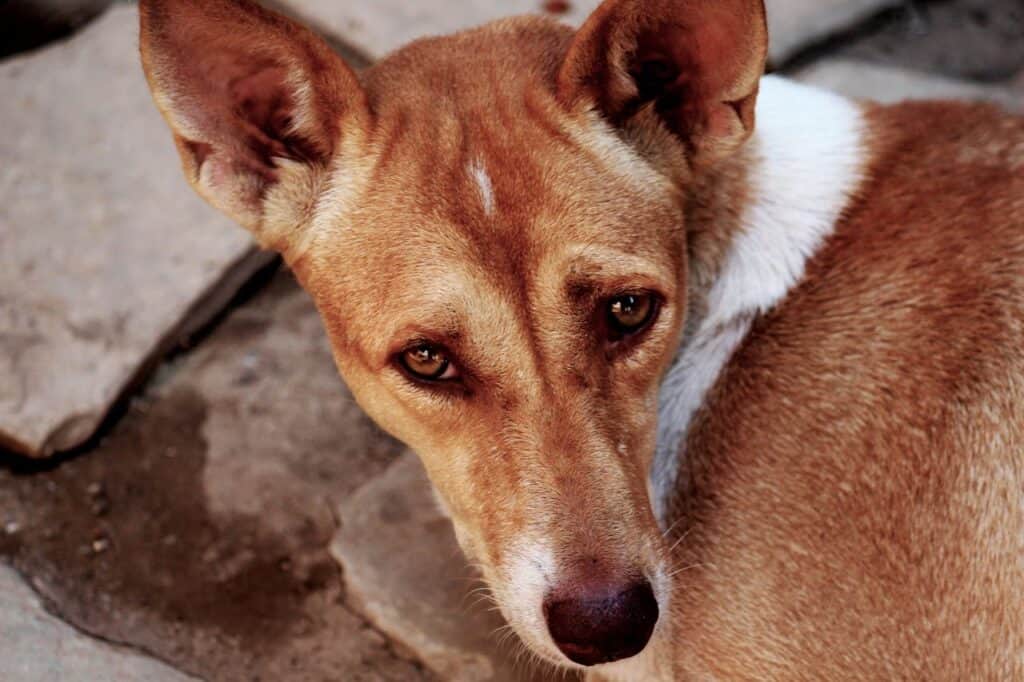
10. Nutrition Requirements
Dietary Needs of the Indian Pariah Dog
The Indian Pariah Dog has evolved on a diet that is largely based on scavenging, which means they are not picky eaters. However, for domesticated Pariah Dogs, a balanced diet is essential for maintaining their health. High-quality dog food, supplemented with fresh vegetables and occasional meat, is ideal. They do well
on a diet that is moderate in protein and fat, with enough carbohydrates to fuel their active lifestyle.
Recommended Food and Supplements
While Indian Pariah Dogs do not require any special diet, supplements like omega-3 fatty acids can help keep their coat healthy, and probiotics may aid in digestion. It’s also important to ensure they have access to clean, fresh water at all times.
11. Training and Obedience
Trainability of the Indian Pariah Dog
The Indian Pariah Dog is intelligent and can be trained relatively easily, especially when positive reinforcement techniques are used. They are quick to learn basic commands and can excel in obedience training with consistency and patience. However, their independent nature means that they may not always respond immediately, especially if they do not see the benefit in following a command.
Common Training Techniques
Positive reinforcement, using treats and praise, is the most effective training method for the Indian Pariah Dog. Socialization training is also crucial, particularly for urban Pariah Dogs, to ensure they are comfortable in various environments and with different people.
Tips for Successful Training
Start training early and be consistent. Use short, positive sessions to keep the dog engaged and interested. Avoid harsh corrections, as these can lead to mistrust and reluctance to obey commands. Instead, focus on building a strong bond based on mutual respect and understanding.
12. Work and Activities
Activities or Jobs that the Indian Pariah Dog Excels In
The Indian Pariah Dog excels in roles that require independence and alertness. They are natural hunters and guards, often taking on these roles in rural settings without any formal training. In urban areas, they can be excellent watchdogs, using their keen senses to alert their owners to any potential threats.
Examples of Competitive Sports, Therapy Work, and Search and Rescue
While not commonly seen in competitive sports, Indian Pariah Dogs can participate in agility courses and obedience trials with proper training. Their intelligence and loyalty also make them good candidates for therapy work, although this is still a developing field for the breed. In rural areas, they have been successfully used in search and rescue operations, particularly in locating missing livestock.
13. Behavioral Issues
Common Behavioral Issues
The Indian Pariah Dog is generally well-behaved, but like any breed, they can develop behavioral issues if not properly trained and socialized. Common problems include excessive barking, particularly in urban environments where they may feel the need to guard their territory constantly. They can also be wary of strangers, which can lead to fear-based aggression if not managed early.
Managing and Correcting Behavioral Problems
Behavioral issues in the Indian Pariah Dog can usually be managed with proper training and socialization. Early exposure to different environments, people, and animals can help reduce the likelihood of fear-based behaviors. For excessive barking, providing enough physical and mental stimulation is key. If aggression becomes an issue, professional training may be necessary to address the underlying causes.
14. Ideal Owners and Families
Type of Owners Best Suited for the Indian Pariah Dog
The Indian Pariah Dog is best suited for owners who appreciate a loyal, intelligent, and independent companion. They do well with families, singles, and even older people, provided they are given enough mental and physical stimulation. These dogs are not overly demanding but do need an owner who understands their unique traits and is willing to meet their needs.
Compatibility with Families, Singles, Older People, etc.
Indian Pariah Dogs are excellent with families, particularly those with children. They are protective and watchful, making them natural guardians. They also adapt well to single owners, provided they are given enough attention and exercise. Older people who lead active lifestyles may also find them to be wonderful companions, though their energy levels should be considered.
Living Conditions
The Indian Pariah Dog is highly adaptable and can thrive in a variety of living conditions. They do well in both rural and urban environments, although they may require more exercise and stimulation in the latter. They are not suited to small apartments unless they are given enough time outdoors to burn off energy.
15. Adaptability
Adaptability to Different Environments
The Indian Pariah Dog is one of the most adaptable dog breeds in the world. They can live comfortably in a range of climates, from the hot, humid regions of southern India to the colder areas in the north. Their natural resilience allows them to thrive in both urban and rural settings, provided their basic needs are met.
Adjustments to Lifestyle Changes
These dogs can adapt well to lifestyle changes, such as moving from a rural area to a city or vice versa. However, they may require a period of adjustment, particularly if their routine changes significantly. Gradual introductions to new environments and consistent routines can help ease this transition.
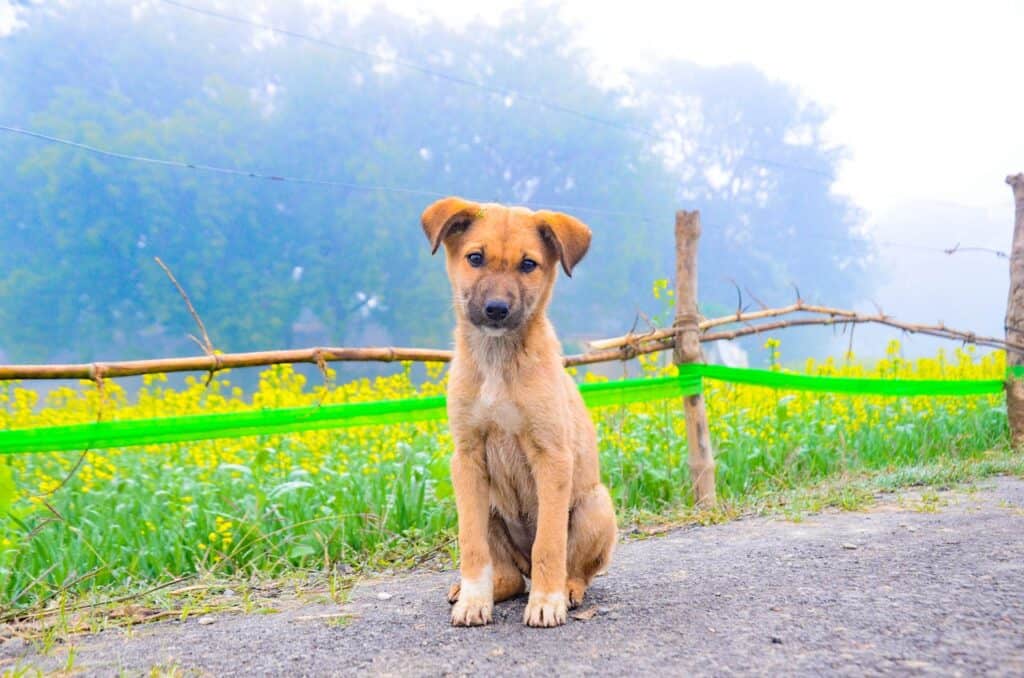
16. Famous Indian Pariah Dogs
Notable Indian Pariah Dogs in History, Movies, or Public Life
Although not as widely recognized as some other breeds, the Indian Pariah Dog has had its moments in the spotlight. These dogs have appeared in Indian films and literature, often symbolizing loyalty and resilience. Notable examples include the dog from the movie “Kaaka Muttai,” which highlighted the breed’s street-smart nature and adaptability.
Contributions to Indian Society
The Indian Pariah Dog has also contributed to Indian society in more practical ways. They have served as guards, protectors, and companions to countless people across the country. Their contributions may not be as well-documented as those of more famous breeds, but they remain an integral part of India’s cultural and social fabric.
17. Summary
The Indian Pariah Dog is a unique breed, embodying centuries of adaptation and survival in the diverse environments of India. They are loyal, intelligent, and remarkably resilient, making them excellent companions for those who appreciate a dog with a strong sense of independence and a natural ability to thrive in various conditions. Whether as a family pet, a working dog, or a loyal guardian, the Indian Pariah Dog continues to be an integral part of Indian society.
This article is brought to you by Our World of Dogs. Explore more dog breeds and find out how our dog boarding services can benefit your furry friend!

